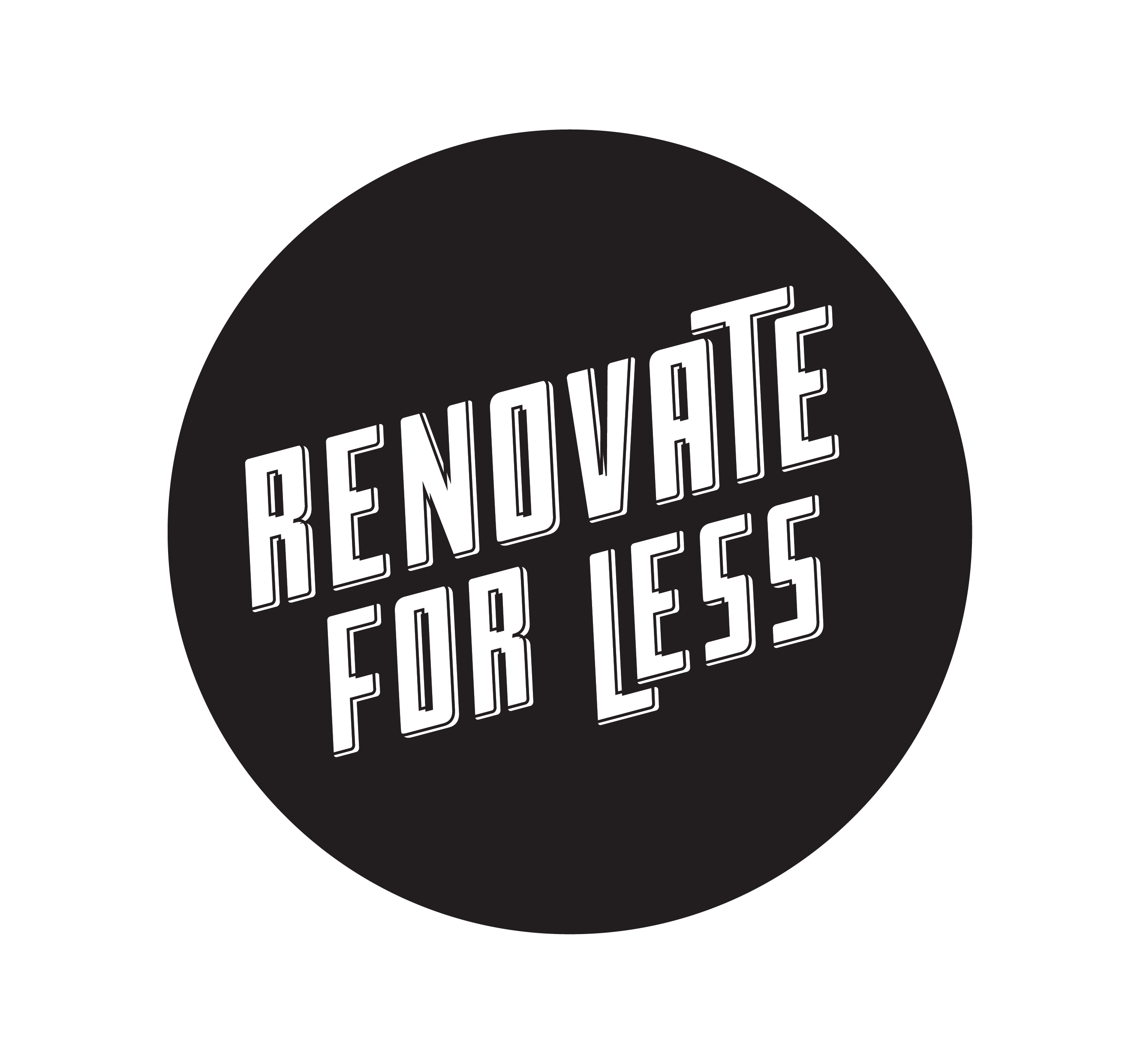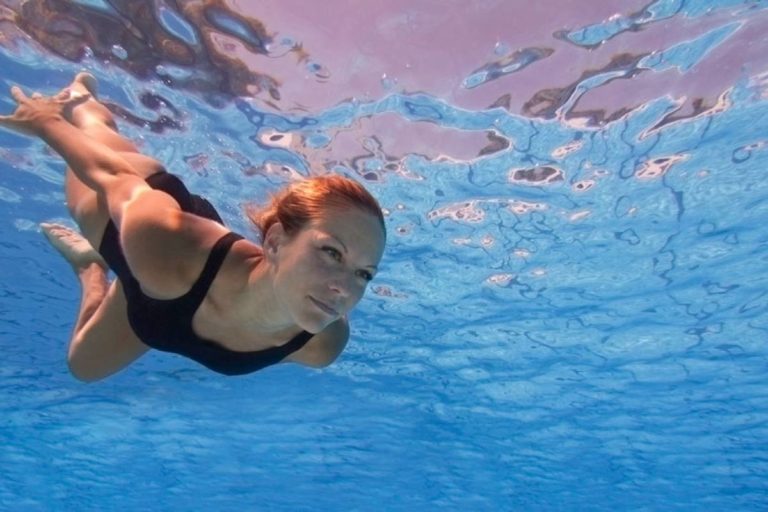An inground pool can transform your home into a little piece of paradise. They add comfort, and a relaxing atmosphere to outdoor spaces, independently of their finish.
If you are planning to add a pool to your home, this article explains what we found out after speaking with many pool suppliers and builders for a recent project. Check it out!
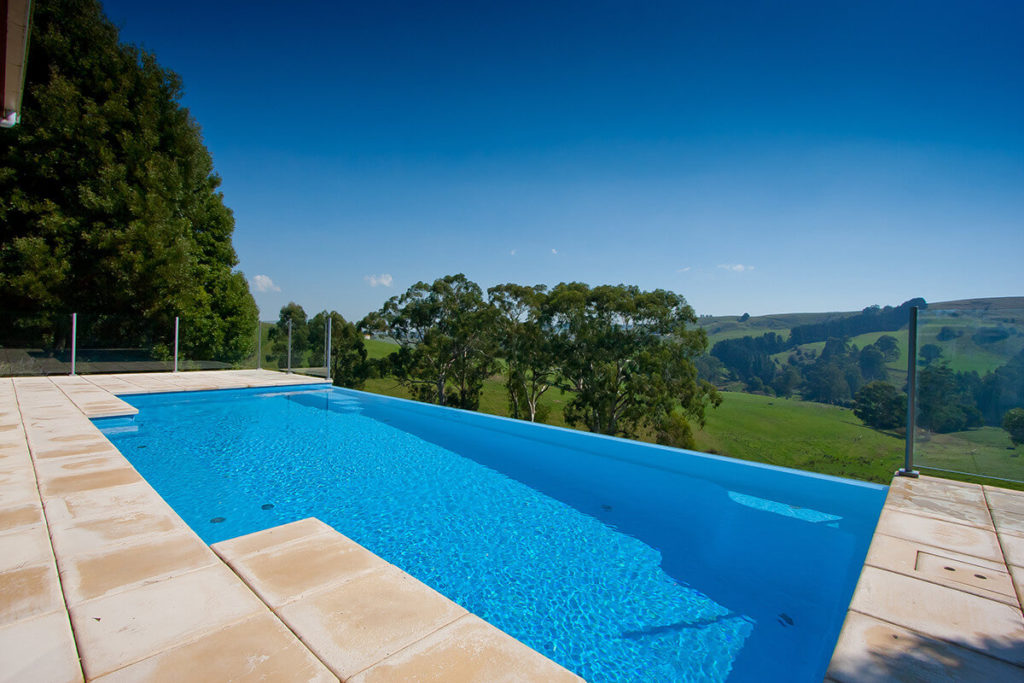
Inground Pool Installation Time
If you didn’t plan your pool project ahead of time, and you want the pool installed within a month, then a fiberglass pool is probably your best bet. Most fiberglass pool suppliers have a variety of designs, sizes, and colours on display, and they keep stock of their best selling models.
But if you have plenty of time to build the pool of your dreams, we suggest that you contact a local concrete pool builder.
A concrete pool could take anywhere from 2 to 4 months on average, but you can fully customise its design, size, finishes, and there is a wide range of optionals available.
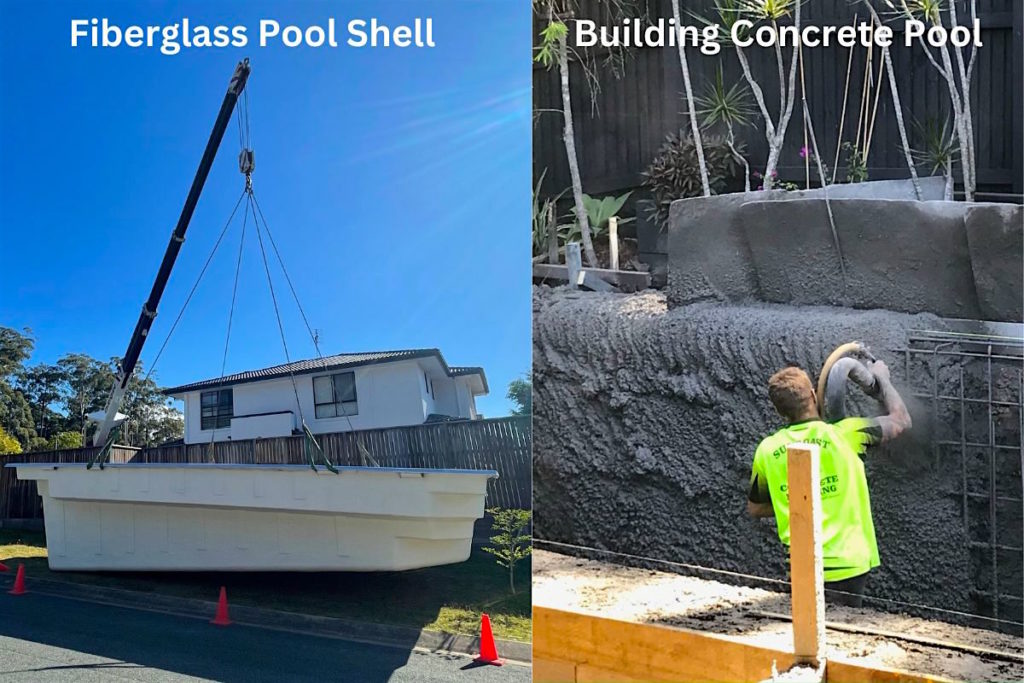
Inground Pool Price
Independently of the finish you choose, a pool is certainly one of the most expensive single items during a renovation.
Initially we thought that fiberglass pools would be considerably less expensive than concrete. They are manufactured using precast moulds, and many inground pool suppliers offer similar shapes, sizes and warranties.
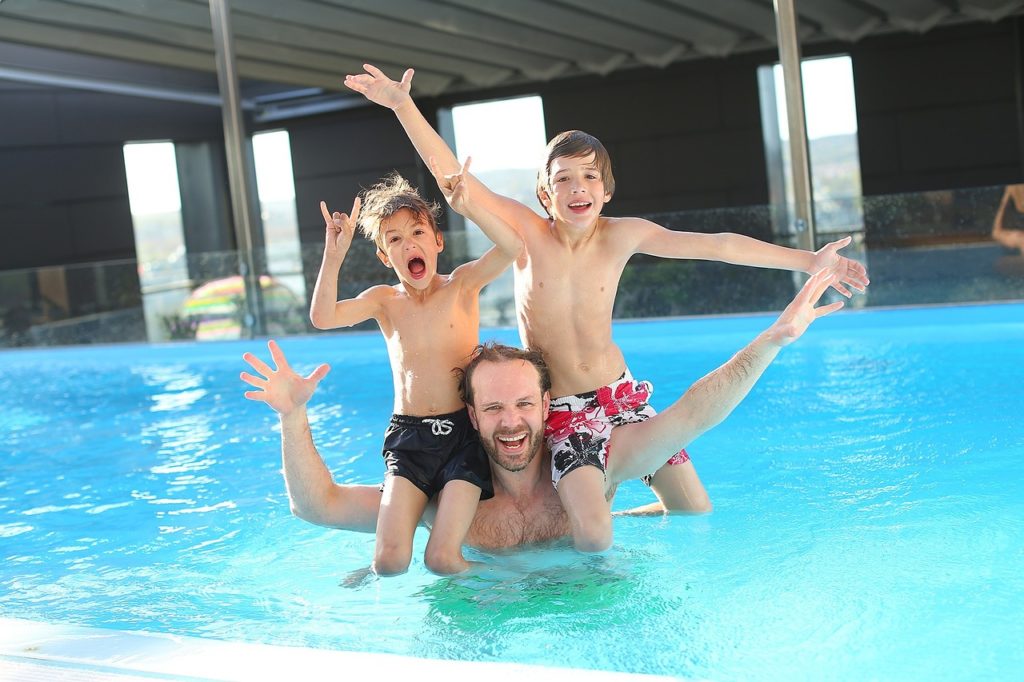
But when we quoted with fiberglass pool manufacturers and concrete pool builders, the prices were quite similar. The pool size we quoted was 7.5m x 3m, and it included insurance, excavation, pavers and coping, plumbing and electrical. Also, the installation of a pool pump and filter.
The main difference in price was with optionals, such as heating equipment, fencing, and extra paving around the pool. Also, if an overhouse crane lift would be required for the fiberglass pool in case of difficult access to the property.
With concrete pools, the optionals also included the upgrade to a stone skimmer lid to match the pavers. And an interior coating with glass bead instead of pebble crete finish.
We recommend you to obtain at least three quotes, and to discuss your project in detail to see what pool supplier or builder is more in line with your requirements and budget.
Inground Pool Dimensions
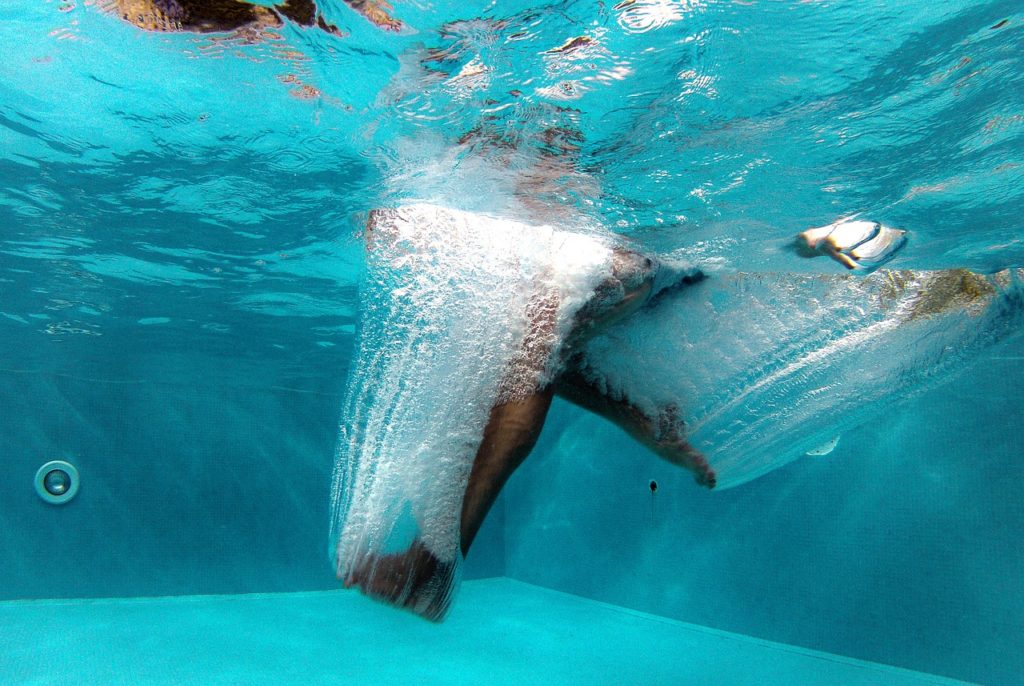
Most fiberglass pool suppliers have a variety of sizes, shapes, and colours available to suit small to large properties. When comparing pool dimensions, we suggest that you pay attention to the internal depth because some pools are quite shallow.
If you can’t find a fiberglass pool with the dimensions and depth that you want, then a concrete pool might be a better option for you.
You can determine the internal dimensions for swimming, and different depths in other areas of our pool. Near the stairs, for jumping, and in the spa, in case you add this relaxing and luxury feature.
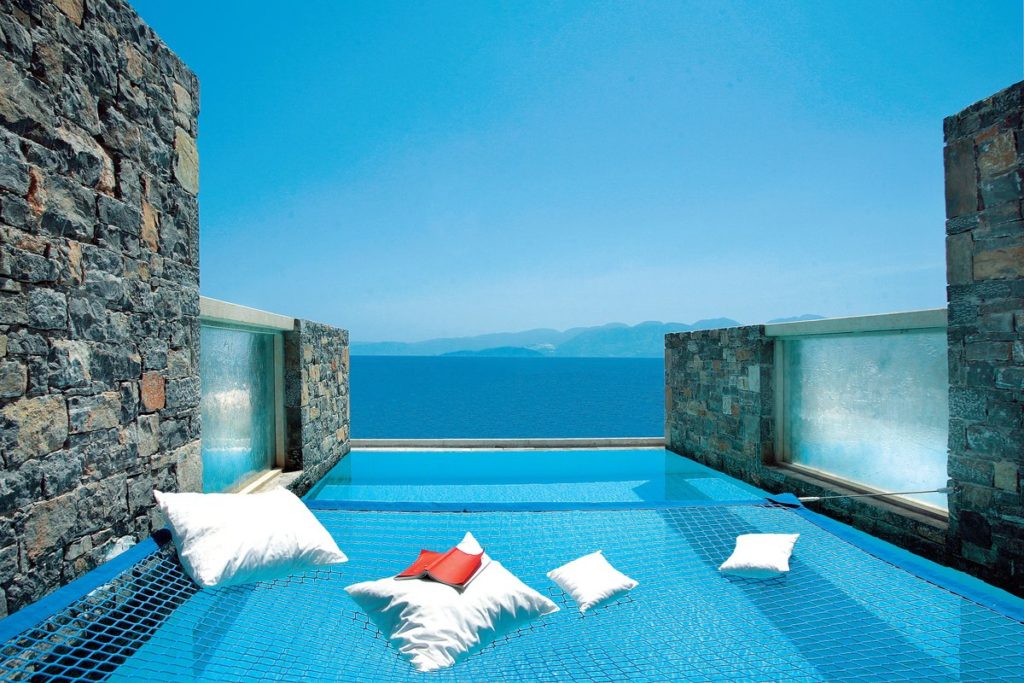
Inground Pool Comfort
When planning your pool, see what models come with a bench or ledge where you can relax. Many fiberglass pools have a very long ledge around the perimeter of the pool which is great for children, but it takes up lots of space.

If you don’t have children, or everyone in your house are already adults, then you can opt for a ledge on one side of the pool only. This will give you more internal space for swimming, and other recreational activities in your pool.
With concrete inground pools, you have the luxury of designing the ledge with the size and shape you want. You can also determine the location for your ledge, and add spa jets to the wall above this ledge for extra comfort and luxury.
Inground Pool Stairs
The location and size of the stairs in the pool also need to be taken into consideration. Many fiberglass pools we checked had long or wide stairs. And with some pools, the stairs were blocking part of the swimming area.

With an inground concrete pool, you can design the style, size, and number of stairs. For best use of space, you can make the stairs part of the ledge on one side of your pool.
Swimming Area
If you love exercising, an inground pool can be one of the best investments to improve your health and quality of life. Swimming is a great exercise, and you can take deep dives to refresh during the hot summer days and nights.
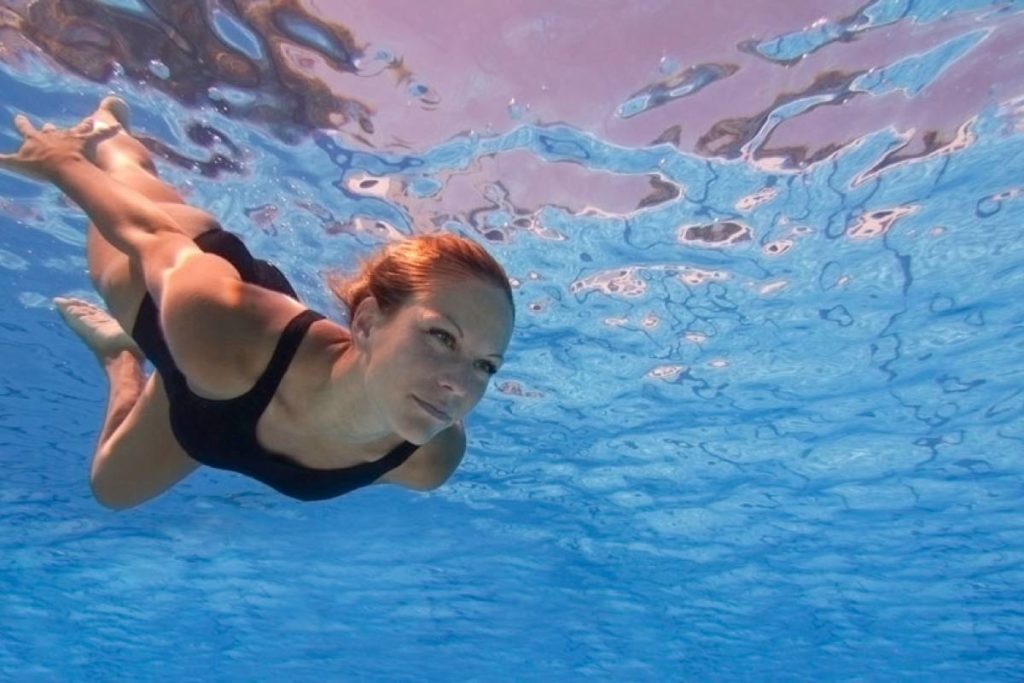
Fiberglass pools are generally designed for recreational purposes, and they offer limited space for swimming. With concrete pools, you can take your swimming experience to the next level by building a lap pool.
Lap pools are typically longer than recreational pools. A standard lap pool is often around 25 metres in length, but they can vary in size. While their primary purpose is for lap swimming, they can still be used for family enjoyment all year round.
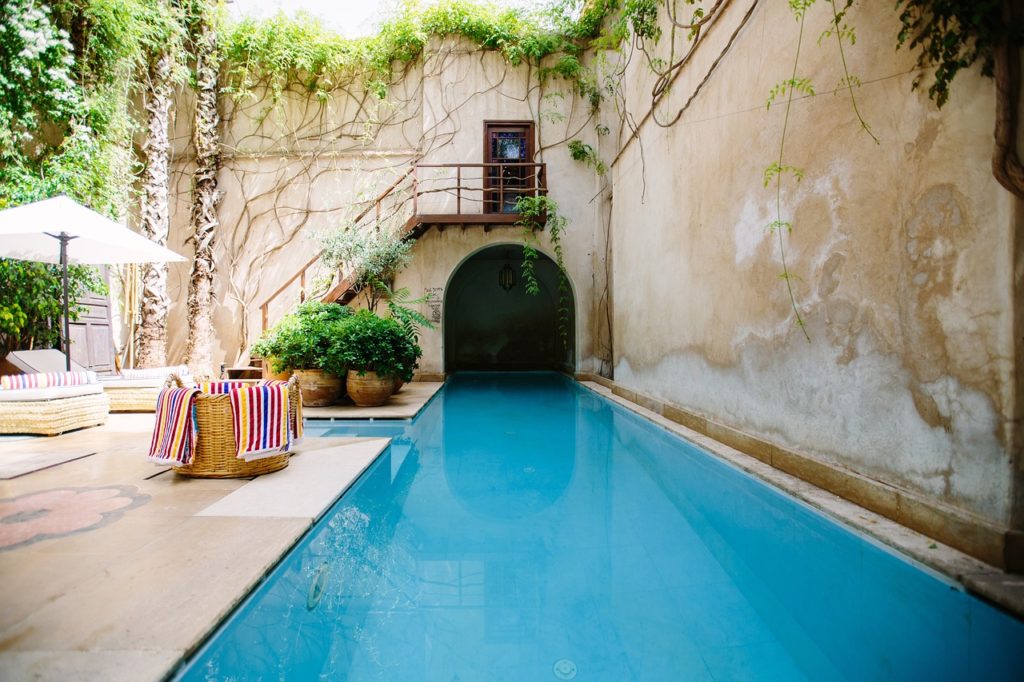
Pool Interior
Many people like the surface of a fiberglass inground pool because the gel coat finish is non-porous, and feels smooth to the touch.
With concrete pools, they have a rougher surface due to the texture of the pebblecrete finish. This can be improved if you add glass beads to the internal walls and floor of your pool.
Glass beads, or beadcrete, are tiny pieces of round glass pebbles with colour pigments. It’s typically poured into the pool surface at the end of the construction, and finished with a trowel. They add a smooth texture, and a unique feel to the pool interior.
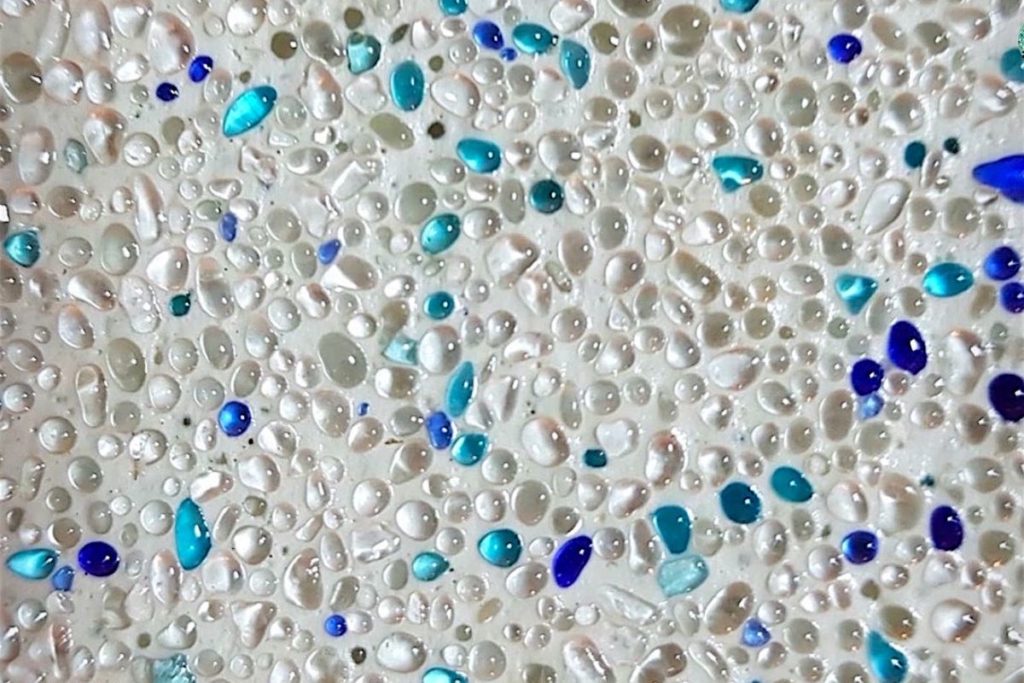
Beadcrete is normally offered as optional, but it’s worth adding if you can afford the price difference from the standard pool finish. Glass beads require less brushing and cleaning than other finishes, and most beadcrete surfaces are stain resistant.
Pool Water Colour
The colour of fiberglass gel coat finish or the concrete mix is what determines the colour of the water inside a pool. Most inground pool suppliers offer a variety of blue, green, brown, black and grey colours, with lighter and darker finishes.
We recommend you to visit fiberglass pool retailers to see what models and finishes they have on display. Especially if you are looking for a specific water colour, because each manufacturer has their own range of colours.
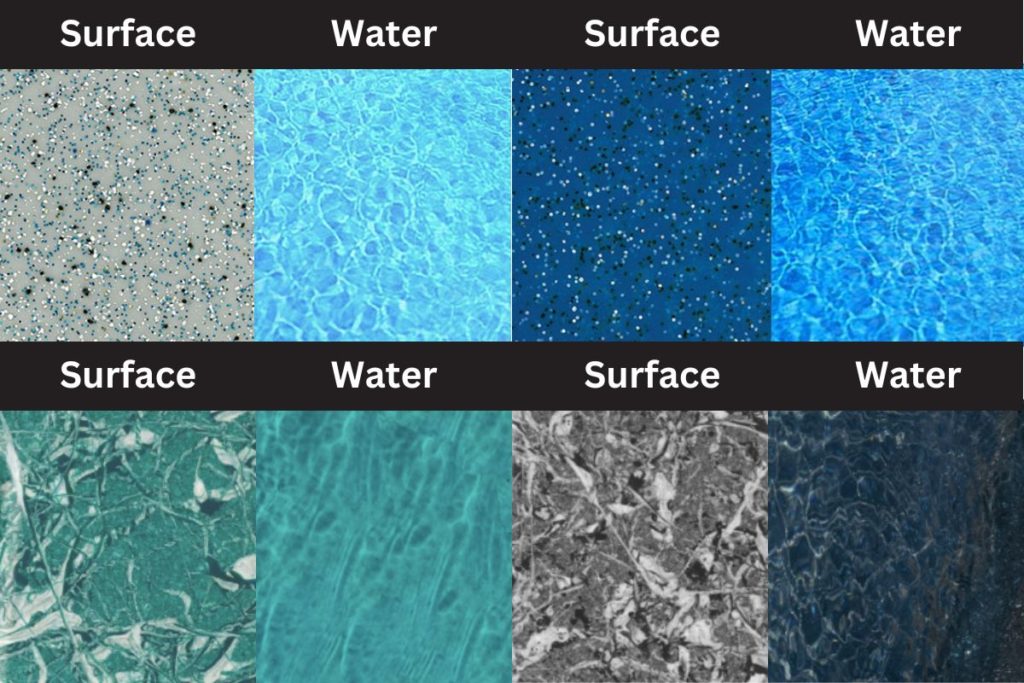
With concrete pools, the colour options are endless. You can create your own colour scheme using glass beads, adding a striking look to your pool and the landscape around it.
If you opt for the beadcrete finish, then ask the pool builder for samples of coloured glass beads. The colour of the pigment added to the glass pebbles is what determines the water colour inside a pool.
Glass beads add a touch of elegance, and a stunning vibrant appearance to your pool.
Pool Coping
Coping is the surface material used to cap the edge around the pool perimeter. Coping assists in preventing water from flowing into the pool’s structure, and they are available in various styles and finishes.
Before purchasing your pavers that will surround the pool, check which ones have a matching coping. This seamless transition between coping and paving adds an elegant and modern appearance to the overall design of your pool. Some common types of coping include:
Poured Concrete Coping: this coping can be shaped and textured in various ways to create a custom look. If you opt for polished concrete, it’s recommended to apply a slip resistant finish as a safety precaution.

Natural Stone Coping: materials like travertine, granite, limestone, and quartz are popular choices for a natural, elegant appearance. They look absolutely stunning, and come in a variety of colours and shades.
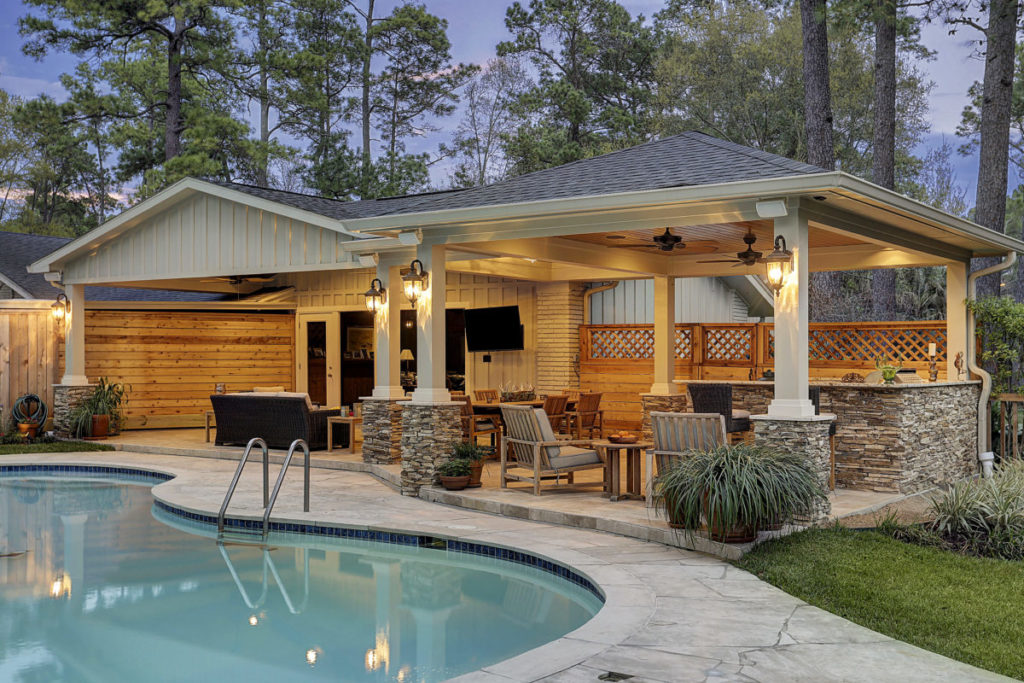
Brick Coping: clay bricks were used for many years to create a classic and rustic pool edge. It costs a lot less than other coping options, but it’s not used anymore because it looks outdated. You can easily find nicer options by spending a little bit more.

Precast Concrete Coping: these are pre-made concrete pieces that come in various colours, shapes and textures. You can order a custom size to suit your pool shape and design.
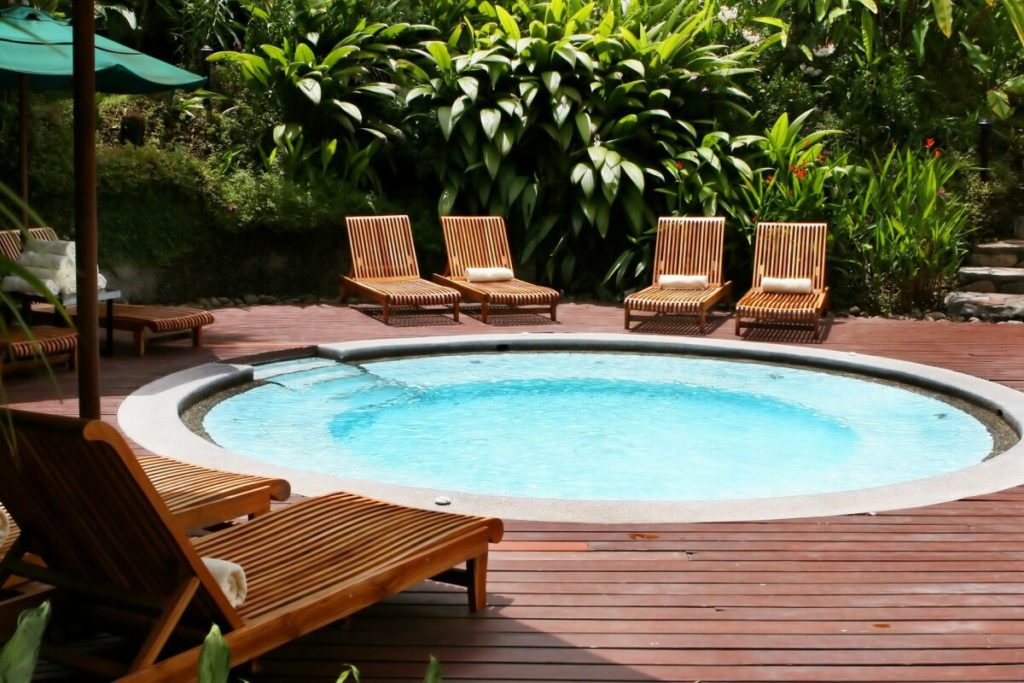
It’s important to consult with your pool builder or installer before you choose the pavers and coping for your pool. With fiberglass pools, there is a limitation with the materials, style and thickness of coping that can be used because the pool shell moves, and it can break the coping.
Concrete pools offer you more flexibility, because your whole pool will be custom made to your specific needs. This also includes the shape and size of coping, adding glamour to your pool and the landscape around it.
In terms of pool coping edge style, the most common options include:
- Square Coping: they are one of the most affordable options of pool coping. With a minimalistic look, the square shaped coping sits on top of your pool perimeter with no drop. It’s a modern and low cost option that suits many pool styles.
- Pencil Edge Coping: only the top and bottom edges of this coping are slightly rounded, reducing the sharpness of a square edge. You get the modern look of a square coping, but with a unique edge style.
- Bullnose Coping: with a half circle profile, it’s a classic coping option perfect for pools with traditional design. This circular shaped coping is also available with a raised edge, making it easy to get in and out of the pool.
- Drop Down Coping: also known as rebated edge, it is one of the most popular choices due to its modern look. The coping drops from the edge of our pool with a 90 degree angle, resulting in a straight line along the pool perimeter. It looks luxurious, hotel style.
When planning your swimming pool project, there is a lot to consider. Not only price, but the pool finish you choose, dimensions, depth, location for stairs, water colour, and materials surrounding the pool.
We hope you enjoy your new pool to the fullest, and make a splash of wonderful memories at home.
You May Also Like
- A backyard with pool – how to design in 10 steps
- 5 Budget-Friendly Ideas to Transform your Outdoor Space
Community
Want to join our community on Facebook? Click here to join.
